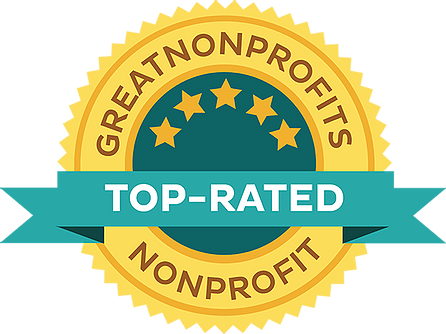2022 WINNER: Melisa Rolón
PROJECT: Population status and trends of the Patagonia frog Atelognathus patagonicus, towards improving conservation strategies

The Project:
Patagonian amphibian species, particularly the endemic Patagonia frog (Atelognathus patagonicus), face significant threats including habitat loss, invasive species, and infection by chytrid fungus. Once abundant in the Laguna Blanca lagoon, the frog's largest population was decimated due to the introduction of invasive predator fish. Now critically endangered, the frog's remaining populations survive in temporary, isolated lagoons, but they are severely threatened by human activities and environmental factors such as drought. The species has been categorized as critically endangered by the IUCN and declared a "Species of Native Vertebrates of Special Value" by the National Park Administration.
This project focuses on studying the population parameters of Atelognathus patagonicus to guide conservation efforts and management actions. The goals include evaluating the frog's population status, understanding the impact of threats, and establishing long-term strategies to reverse its decline. Research will involve estimating occupancy, density, and survival rates, assessing reproductive ecology, and predicting extinction risks through a population viability analysis. This information will inform an updated action plan for the conservation of the species, particularly in its historical habitat, Laguna Blanca lagoon.
Fieldwork will take place over two years, concentrating on 10 lagoons in the Laguna Blanca National Park. The team will apply methods such as occupancy models, capture-recapture techniques, and swabbing for chytrid fungus presence. The project aims to understand how habitat disturbances and other threats affect the frog's population, with the broader goal of preventing further local extinctions and ensuring the species' survival.
Patagonian amphibian species, particularly the endemic Patagonia frog (Atelognathus patagonicus), face significant threats including habitat loss, invasive species, and infection by chytrid fungus. Once abundant in the Laguna Blanca lagoon, the frog's largest population was decimated due to the introduction of invasive predator fish. Now critically endangered, the frog's remaining populations survive in temporary, isolated lagoons, but they are severely threatened by human activities and environmental factors such as drought. The species has been categorized as critically endangered by the IUCN and declared a "Species of Native Vertebrates of Special Value" by the National Park Administration.
This project focuses on studying the population parameters of Atelognathus patagonicus to guide conservation efforts and management actions. The goals include evaluating the frog's population status, understanding the impact of threats, and establishing long-term strategies to reverse its decline. Research will involve estimating occupancy, density, and survival rates, assessing reproductive ecology, and predicting extinction risks through a population viability analysis. This information will inform an updated action plan for the conservation of the species, particularly in its historical habitat, Laguna Blanca lagoon.
Fieldwork will take place over two years, concentrating on 10 lagoons in the Laguna Blanca National Park. The team will apply methods such as occupancy models, capture-recapture techniques, and swabbing for chytrid fungus presence. The project aims to understand how habitat disturbances and other threats affect the frog's population, with the broader goal of preventing further local extinctions and ensuring the species' survival.


